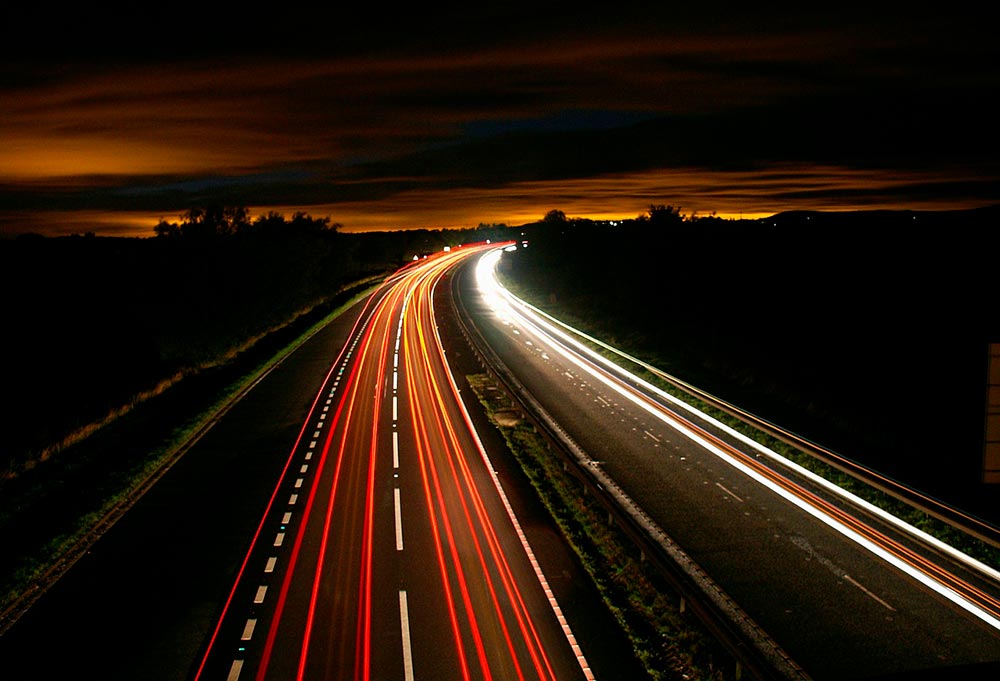
In reference to man’s insatiable search for movement, Carl Sagan said: “[…] even after 400 generations in villages and cities, we haven’t forgotten [nomadism, travelling and moving]. The open road still softly calls, like a nearly forgotten song of childhood”.
It’s a fact: our human desire for moving around is such that we could almost measure how advanced we are technologically by measuring the average speed at which we travel. However, mobility has its problems, problems which cannot be overlooked and need to be solved. Here are some of our solutions so far.
The importance of mobility to our society
As a society, we want to be connected to the people we know, and think of mobility in the 20th and 21st centuries is a right we have earned, or even as part of our cultural identity. This desire to be mobile is evident especially during weekends, long weekends and holidays in general.
But beyond the desire to move and discover “new and romantic locations”, in Sagan’s words, the fact is the we need to move.
Mobility is a must in our society beyond mere leisure which, though also important, occupies a moderate second place in our reasons for travelling. Going to and from work accounts for the majority of our yearly displacements, with a minimum of two trips per day (there and back).
Despite the fact that a significant part of the workforce has switched to teleworking, most employees still need to travel. And if we think of salesmen, drivers, delivery staff and other professionals related to perpetually mobile employment, travelling is actually part of the job.
In densely populated urban settings, where public transport is relatively frequent or where you can walk or cycle to work, travelling is easier, and so is minimising traffic jams and congestion. For example, there’s the possibility of the underground, which takes up no space on the streets, or making use of MaaS initiatives.
Some serious issues of intercity mobility
However, the moment we leave urban settings and access intercity or ring roads (in Spain, roads like the M40, LE20, BU30, B20…), rush hour usually means traffic jams. Something none of us like, and which is also bad for the environment.
If these trips are made in our own time, a traffic jam means less leisure time, time taken from our private or family life. But if we are travelling for work, we will be lucky if the losses are only financial. Being late for a meeting, for example, affects our professional standing.
Martin Powell, a specialist in mobility and smart cities, claims that Europe currently loses 1% of its GDP (some 300 million Euros) as a direct result of traffic jams. To give a local example using figures from 2015, road access to Barcelona and Madrid implied losses to users of between 460 and 538 Euros per year, respectively, or some 25 hours of traffic jams per year. Those using these roads at rush hour can clock up losses of up to 1 351 Euros per year.
But beyond the financial losses or loss of personal time, traffic jams are an unpleasant experience for both body and mind. Being late for work, or even missing an appointment with a client or provider, is a source of unnecessary stress which we will have to deal with while driving. Frustration can increase the risk of an accident, especially if we attempt to make up for lost time by going above the speed limits, thereby compromising road safety.
Combustion vehicles, as opposed to, likewise do not benefit, particularly the clutch, the gearbox and the brakes.
And it is precisely thermal vehicles that cause more environmental harm, as mentioned before. Most of our modern cars still run on diesel or petrol, which means that they emit large amounts of greenhouse gases (GHG) as they move.
| (Sin escala) | (Not to scale) |
| Consumo (litros/100 km) | Consumption (litres/100 km) |
| Velocidad (km/hr) | Speed (km/h) |
| Cambio a marcha más larga | Change to higher gear |
| Consumo en función de la velocidad para las diferentes marchas de la caja de cambios | Consumption based on speed when in different gears |
Gas emissions (COx, NxOy, CH4…) depend on fuel consumption, as shown in the graph above, which is taken from the Manual for Efficient Driving.
In traffic jams, we travel at slow speeds, and therefore use low gears (1st, 2nd or 3rd), which means that fuel consumption and GHG emissions shoot up. When idling, i.e. when the car is standing still but the combustion engine is running, emissions are also high.
Traffic jams imply not only higher pollution, but also more localised pollution around the congested area, creating a significant local impact.
Some mobility solutions
Today technology is available perhaps not for solving all intercity mobility and congestion problems at a stroke, put at least for partially mitigating their negative impacts on the environment, which cause inconvenience for citizens and financial problems for both citizens and companies.
For example, progress is made year on year on more efficient engines and catalytic converters which emit fewer GHG to the atmosphere. This is not a solution, but it does help to minimise pressure on the atmosphere. Many of the major world vehicle manufacturers are already announcing the end of combustion engine R&D for any time between 2019 and 2025. After this, all their innovation research will be targeted to electric cars.
And this will no doubt help to save the atmosphere, something altogether necessary. An electric car moving on renewable energy sources emits 0 gCO2eq per kilometre. However, an electric car does not solve the problems of time and financial losses for companies when staff are held up in traffic jams.
A significant increase in public transport, such as buses and trains (which could also be electric) will obviously help to lower congestion, especially during rush hour and on busy commuter routes. But it will not put off all drivers, especially those who cannot do without their private car to get to work, or those who use a vehicle for work, of whom there are quite a number.
Car share fleets
Modern satnavs are an important aid for reducing traffic congestion, though it might seem otherwise. For example, by informing us in advance of the expected condition of the road at a certain time in the future (using historic data), or even by conning us into taking an alternative route, in the knowledge that if all drivers took the shortest route, this would end up congested also.
Toll roads and smart solutions to improve mobility
Although they are massively used, roads where use is charged directly (all roads in fact come at a cost) are not usually very positively regarded by users, and even less so by those who do not drive on them (but who nevertheless benefit from the fact that they exist, as we shall see later).
These impressions stem perhaps from a culture where indirect payments (through taxes) are more commonplace than direct payments or paying per use (as in fees and tolls).
Toll roads allow X numbers of cars to avoid congested areas. And this provides relief not only for those choosing to use the toll road, but also for drivers who continue on the normal road, which now has X fewer cars. In other words, for each vehicle choosing to use the toll road, every car using the normal road gains a few seconds.
Toll roads follow similar trends to those in some smart cities with old city centres, such as London in 2003 or Singapore already back in 1975, with a few differences. For example, the congestion charge in London aims to solve the problem of urban congestion, while toll roads are usually aimed at solving mobility outside built-up areas.
All cities which have implanted this type of solution to traffic problems (Bergen, Oslo, Trondheim, Rome, Stockholm) were highly criticised at the start. (Public opinion on the cost of toll roads is also applicable to urban environments.) However, the air is now cleaner, with lower concentrations of particulate matter and less noise, and citizens no longer wish to change the model now that they have seen it actually works.
SMEs in these cities have also benefited from easier mobility and more accessible town centres. Congestion charges have boosted public transport and pedestrianisation, which in turn boosts trade in local shops.
Toll roads function in a similar way, though in suburban areas and for longer journeys, and have changed much over the years, as technology has, literally, progressed along them.
Today, underground electricity cabling or optic fibre is usually laid at the same time as motorways are built, thus including services which would otherwise have to be provided in further works, to the detriment of the environment.
Added to this, price setting systems have also provided a significant step forward. Years ago, when user prices were set annually or every six months, the price boards were changed after many months, and manually adjusted using historical data.
For several decades, more automated systems were used, and prices changed every few months or on key dates. But more modern technologies are available now to help mitigate congestion, such as on the North Tarrant Express (in Texas), built by Cintra, using managed lanes.
This project, which was finished in 2014, consisted in the redesign of 21.4 km of motorway to include several fast lanes. These lanes did not require new land, rather new lanes were provided within the existing built-up area. Using NFC technology, prices are assigned in real time:
Toll prices are set on the basis of the time saved by drivers compared to the toll-free alternative. Sensors on the road constantly measure traffic, type of vehicle and speed, as well journey times.
If traffic increases, toll prices go up because the driver will save more time using paying lanes. This information is available to drivers through an interactive panel next to the road well before he/she needs to take the decision of taking the toll lane or not, depending on whether he/she prefers to pay the toll or get stuck in traffic.
Given that prices change every few minutes, NFC technology is used to set the price. Thus, drivers are charged the price shown on the panel irrespective of the speed at which they travel in the fast lane. When traffic gradually regains acceptable mobility values, the toll prices start to go down to minimum levels.
This type of high technology toll has other advantages, in addition to aiding mobility on routes which tend to get congested:
- Firstly, cars not using toll lanes also benefit as explained earlier: there will be less traffic on the “normal” lanes.
- Secondly, the system is 100% electronic, so cars using the toll lanes will not need to stop.
- Despite faster and increased traffic flows, a considerable reduction in CO2 emissions has been measured at a pilot stage.
- Optimum speeds at rush hour stand at between 60 to 80 km/hour, thereby sidestepping emissions at low or high speeds without affecting traffic.
It seems a contradiction in terms that lanes which aim to attract traffic actually achieve a reduction in CO2 emissions to the atmosphere, but empiric data back up the consumption curve we showed previously, and which we repeat here again given its importance:
Despite the fact that the number of cars per minute and the distance covered by them increases, CO2 emissions decrease in areas served by toll roads.
Cintra’s solution, with its smart highways setting prices to optimise road use, together with a trend towards electric mobility, increased public transport and improved satnav systems, will mark a turning point in our mobility.

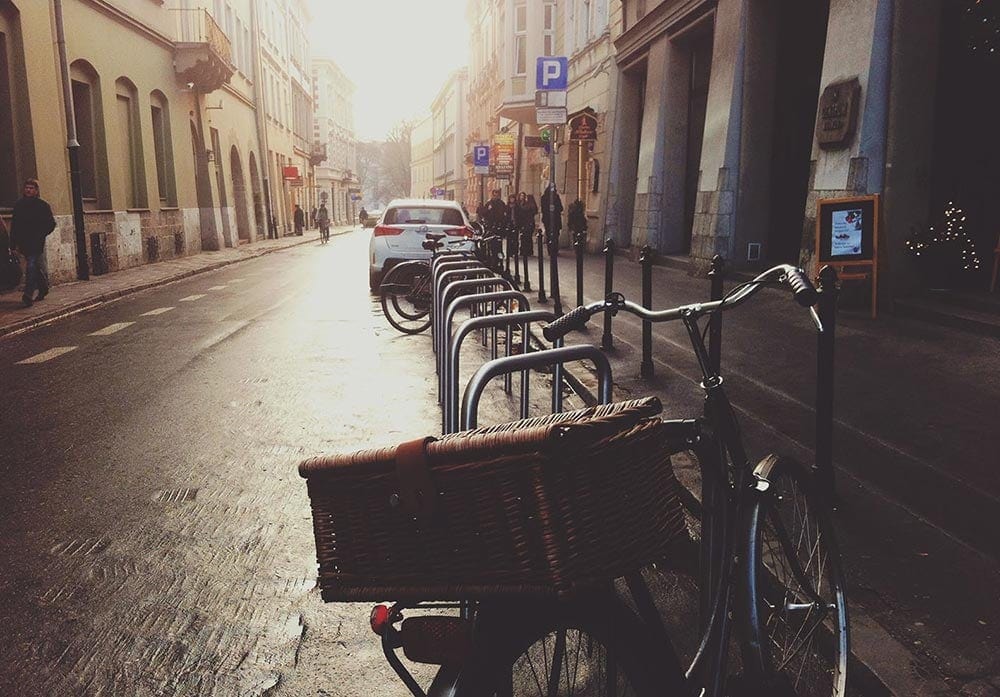
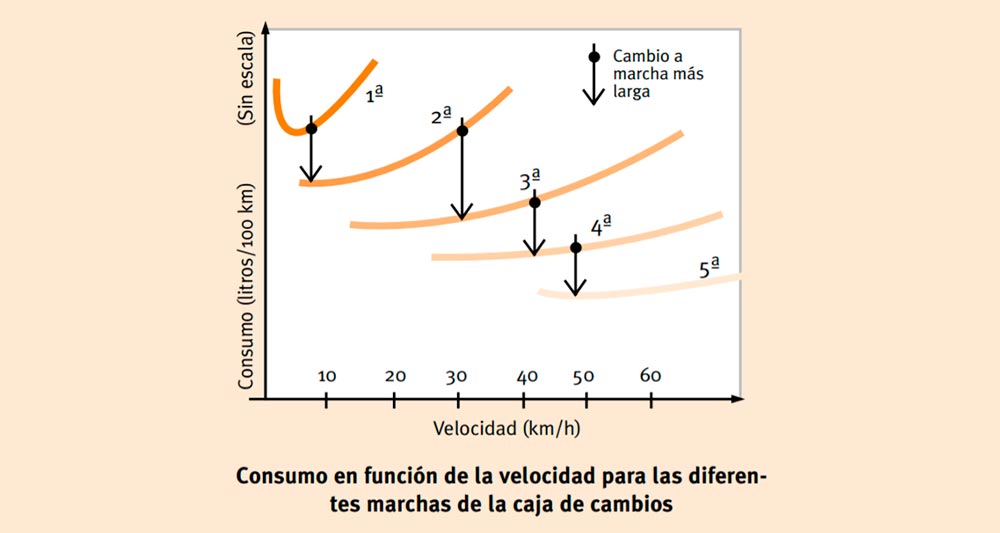
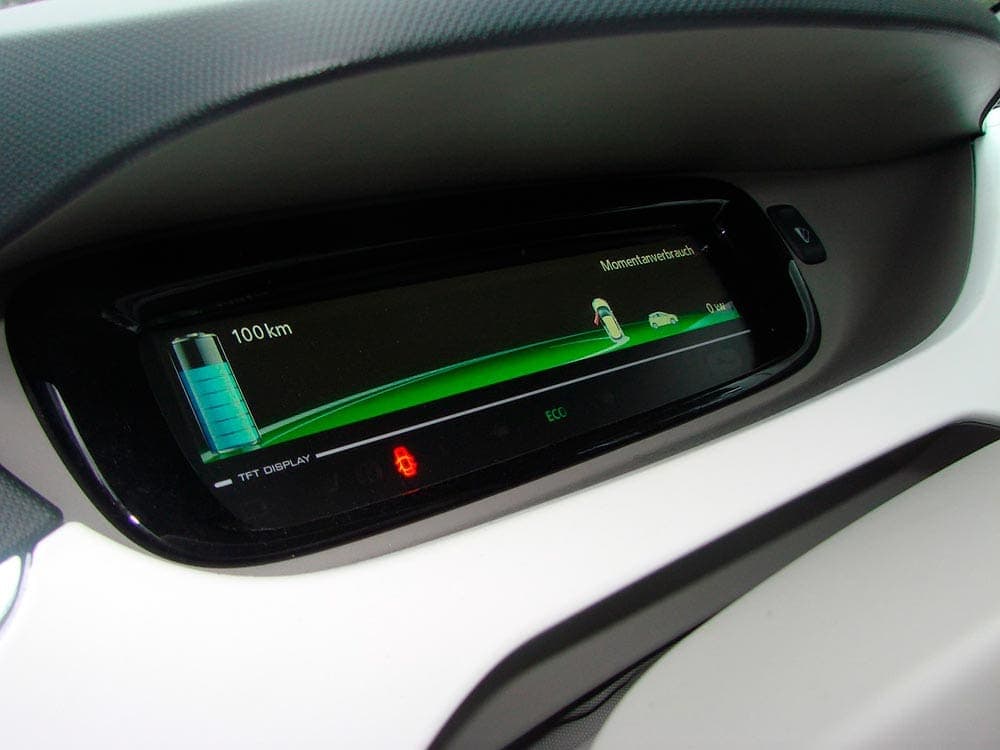
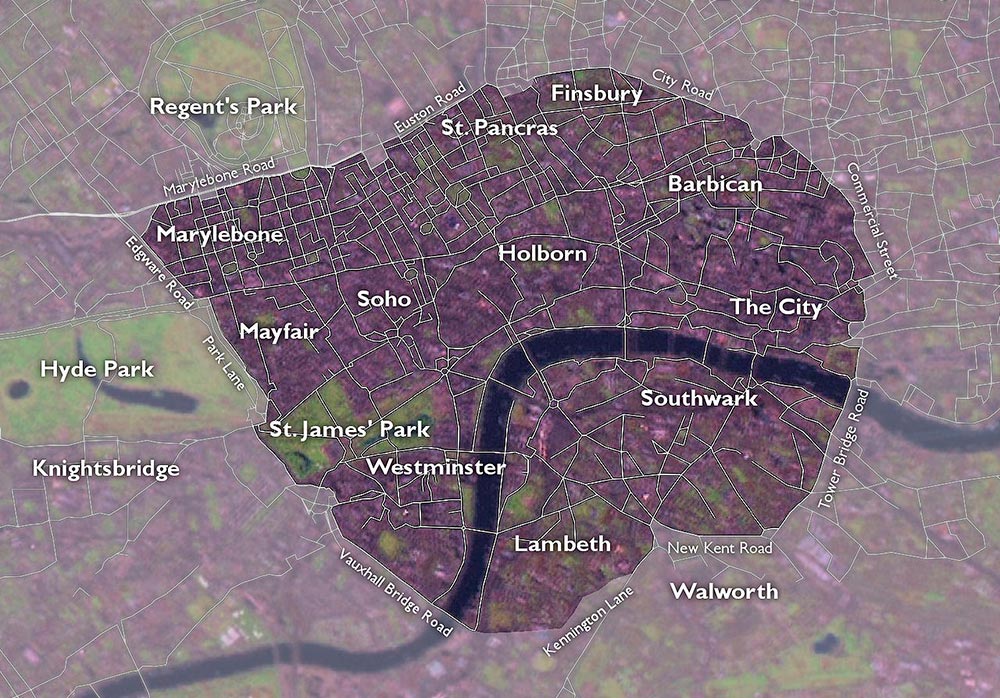
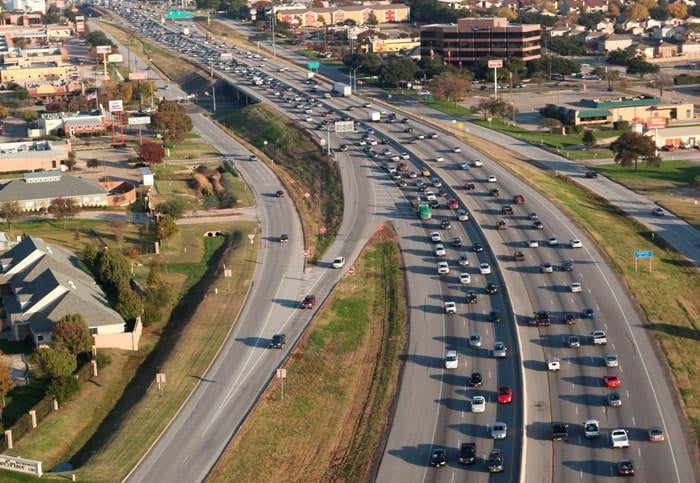




There are no comments yet